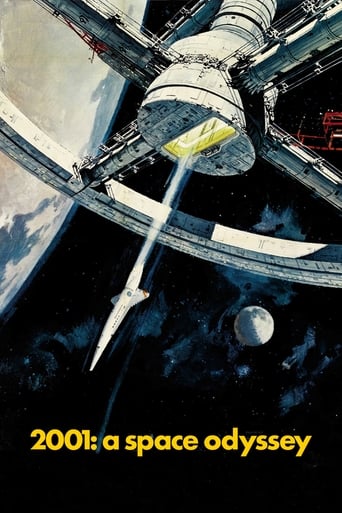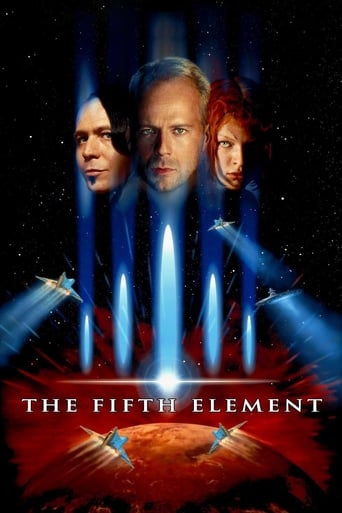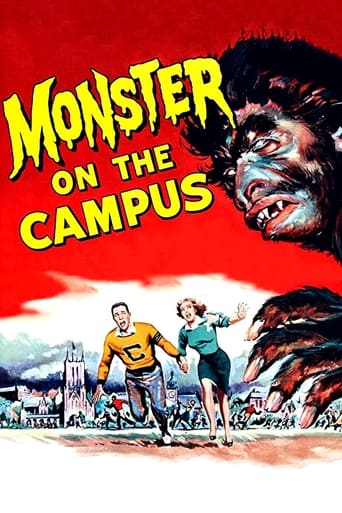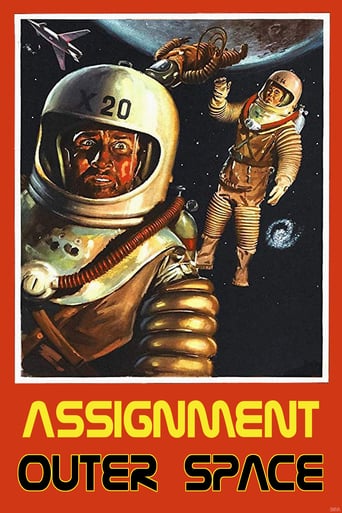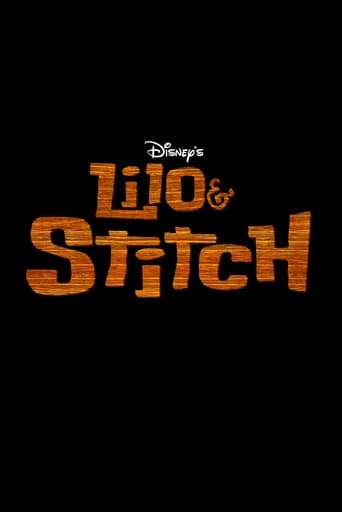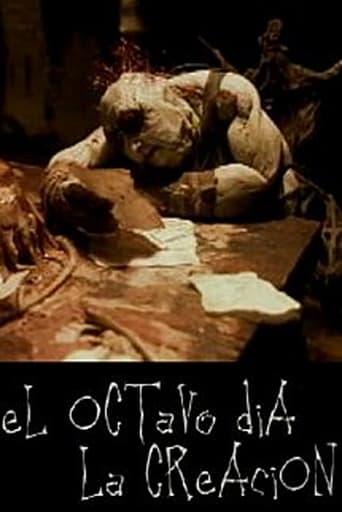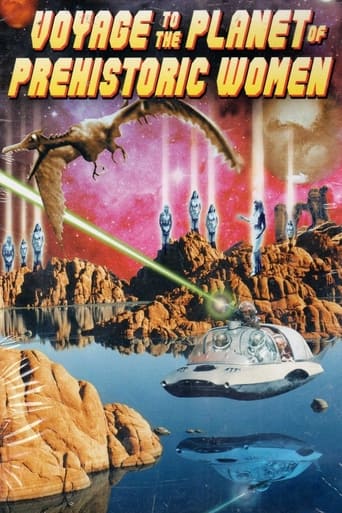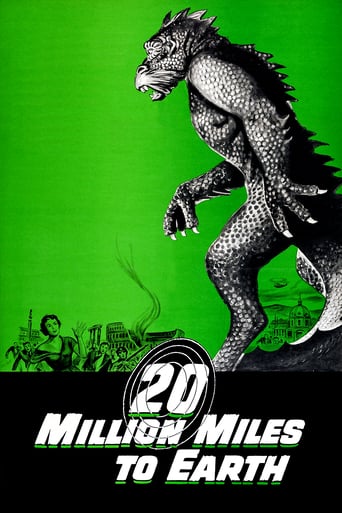
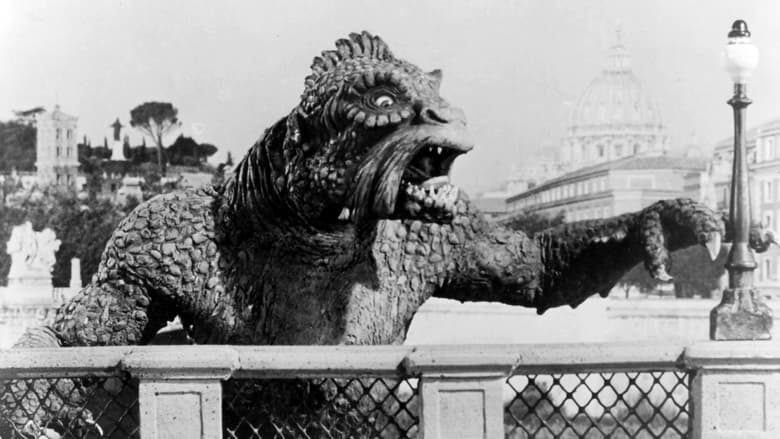
20 Million Miles to Earth (1957)
When the first manned flight to Venus returns to Earth, the rocket crash-lands in the Mediterranean near a small Italian fishing village. The locals manage to save one of the astronauts Colonel Calder, the mission commander. A young boy also recovers what turns out to be a specimen of an alien creature. Growing at a fantastic rate, it manages to escape and eventually threatens the city of Rome.
Watch Trailer
Cast
Similar titles
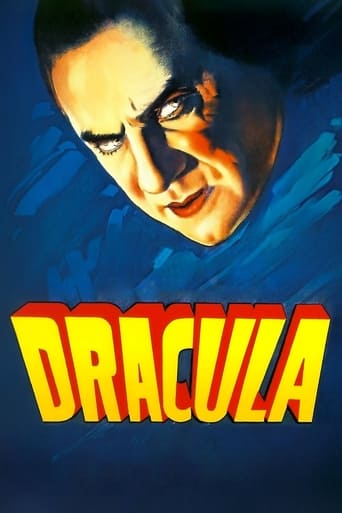
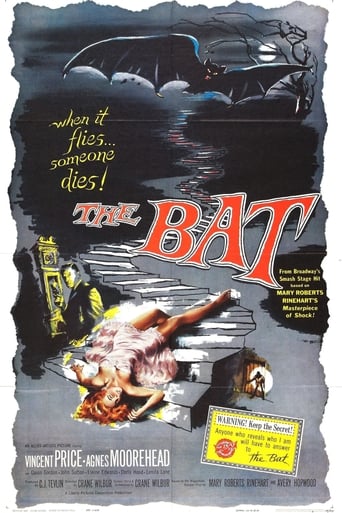
Reviews
Truly Dreadful Film
It's not great by any means, but it's a pretty good movie that didn't leave me filled with regret for investing time in it.
There is, somehow, an interesting story here, as well as some good acting. There are also some good scenes
There are moments in this movie where the great movie it could've been peek out... They're fleeting, here, but they're worth savoring, and they happen often enough to make it worth your while.
"20 Million Miles to Earth" opens with a terrible voice-over leading ominously to the lacklustre title, then cuts to a bunch of painful-to-watch Italian stereotypes fishing near Sicily. An adequately rendered spaceship is seen, which then crashes in the ocean. The following scenes, in which the fisherman approach the wreck are outstanding (for the era). The movie then toggles back and forth between Harryhausen's masterful stop-motion monster (posthumously referred to as an Ymir) and some awful filler (especially Pepe and his hat, and other cringe-worthy Italianoids who, for example, describe a trailer as "a house that follows the car like a goat"). There is also the obligatory 'meet cute' romantic subplot, which is even more clichéd and tedious than usual for the genre. The final scenes of the Ymir, standing on top of the Colosseum, weakening by a barrage of bullets, catching itself before falling, then toppling dead to the ground below is clearly a homage to Harryhausen's mentor, Willis O'Brien's masterpiece, King Kong (1933). Like all of Harryhausen's canon, "20 Million Miles to Earth" is worth watching, but it's unfortunate that the same imagination and effort that went into the special effects were not applied to the rest of the film (but then again, who really cares about the frame when the picture is a masterpiece).
Don't get me wrong, it's an enjoyable flick, but it typecasts humans *perfectly*, for the asshats they usually are.This is the King Kong epic, only with a reptilian "ape" kidnapped from Venus, not some obscure tropical isle. And of course, "humanity" wins by murdering the creature when it proves to be inconvenient.I'm hoping the purpose of the flick was to be a sort of expose', rather than rooting for the "good guys" to kill the "bad" creature, and if so, this hits the mark dead-on.The unfortunate creature, Ymir, is taken from his native Venus as an egg, where he later hatches into a cute little lizard-critter. But of course, the "scientists" react by grabbing, capturing, and caging the little critter, to be experimented on, without even wondering what it needs as far as food, water, etc. And the nerve to call it "so ugly"... like it'd think the pink squishy things imprisoning it were paragons of beauty?? Okay, Joan Taylor is seriously hot, but still...So, when Ymir can *finally* escape, all he does is grunt at his captors and wanders off, never so much as touches them. Only when provoked does he react in anger; they even *say so*! He wants to eat, gets attacked by a dog, and only then gives the dog a beat-down. He gets repeatedly attacked, and only when pitchforked in the back does he attack his attacker. He's electrocuted and recaptured, experimented on some more, and only through human incompetence is able to escape again. But from there, he's met with guns, flamethrowers(!), tanks, all sorts of weaponry. Finally, in his last-ditch effort to escape by just blindly climbing to nowhere in particular, he's howitzered and finally murdered. Yes, murdered.Yay, "humanity".So then, finally, can the gorgeous almost-doctor and square-jawed military-dood go have a nice quiet meal in a dark cafe. Gives ya the warm-fuzzies just allllll over.Again, I'm really hoping that was the intent of the movie, to show humans in the light they've earned throughout history. Maybe it'd be a wake-up call to some. We can only hope.
An American spacecraft that had made it to Venus crashes into the sea off the coast of Sicily. Two survivors are collected, one of them Colonel Robert Calder (William Hopper). Also rescued is a cylindrical container containing a tiny Venusian monster. Exposed to the Earths' atmosphere, the monster continuously grows. When it goes on the inevitable rampage, Calder and others would like to recapture it alive, so that they may learn what keeps the creature alive in the poisonous Venusian atmosphere.Superior Ray Harryhausen technical effects are the true stars of this nicely paced sci-fi thriller from director Nathan Juran. The script, by Robert Creighton Williams and Christopher Knopf (based on a story by Charlotte Knight) is absorbing, and the monster itself (not named in the film, but known as the Ymir to its fans) has quite a bit of personality. Juran gets efficient performances out of Hopper, Joan Taylor as his love interest, and Frank Puglia, John Zaremba, Thomas Browne Henry, Tito Vuolo, Jan Arvan, Arthur Space, and Bart Braverman. Hopper behaves like a real jerk to Taylor at first, but once he's able to calm down, finds himself quite taken with her. Fortunately, Juran never spends too much time with the romantic subplot.Also, the director knows how to maintain a real sense of urgency and excitement for the smashing climax. Eventually, the Ymir makes it to the Roman Colosseum, which adds to the fun. The Ymirs' struggles with a dog, a man, and an elephant are extremely well executed. The stock music is all well selected, and Irving Lippman and Carlo Ventimiglia contribute some very sharp cinematography.All in all, this is solid entertainment and one of the best "monster on the loose" tales ever told.Eight out of 10.
If you like cinema, you simply must love Sci-Fi movies from the 1950's! Never before or after was there put so much love, charm, dedication and contemporary craftsmanship into the realization of silly movie ideas. The Sci-Fi treasures coming from this golden era usually revolved on either gigantic (whether or not mutated) creatures or malevolent aliens invading the earth. And guess what! The incredibly amusing semi-classic "20 Million Miles to Earth" is a combination of both. The first – and failed – US spaceship to the planet Venus crashes into the sea near a small Sicilian fishing village and its astonished inhabitants. Seemingly just one person of the 18-headed crew survived the disaster, but young Pépé discovers another living creature inside a sort of cocoon. The annoying brat sells it for 200 Lire (back in the fifties this must have been the equivalent of two pennies or something) to a local zoologist, even though the surviving astronaut and the entire NASA are looking for it. A reptilian type of little monster comes out of the cocoon and rapidly grows to enormous proportions due to the different kind of oxygen it is forced to breathe on planet earth. The creature – Ymir – doesn't seem all that violent, but naturally the humans hunt it down and electrocute it for their own scientific pleasure. When experimented upon in the zoo of London, Ymir escapes and goes on a bit of a rampage! "20 Million Miles to Earth" is particularly famous and appreciated for Ray Harryhausen's impressive and utterly cool creature design, but it has several other things going for it as well. The pacing, for example, is excellent and contrary to a lot of other Sci-Fi/horror movies from the same period, "20 Millions etc " never becomes tedious or overlong. I'm also thankful that they moved the action from the Sicilian village to Rome quite quickly, because the stereotypical dim-witted villagers and – especially – the irritating little Pépé would have gotten on everybody's nerves eventually. There's a reasonable amount of action and good dialogs during the middle section, so even the obligatory romance (between the astronaut and the stubborn doctor) is tolerable. The final act is, of course, the most memorable and entertaining part of the whole film. There are powerful mass-hysteria sequences during the breakout of the monster, a tense animal battle to the death and a climax that is reminiscent to both Godzilla and King Kong, with the tourist attractions in Rome playing crucial roles. Please, check out this adorable movie, as well as some of the other science fiction titles of the underrated director Nathan Juran (like "First Men in the Moon" and "The Brain from Planet Arous").



